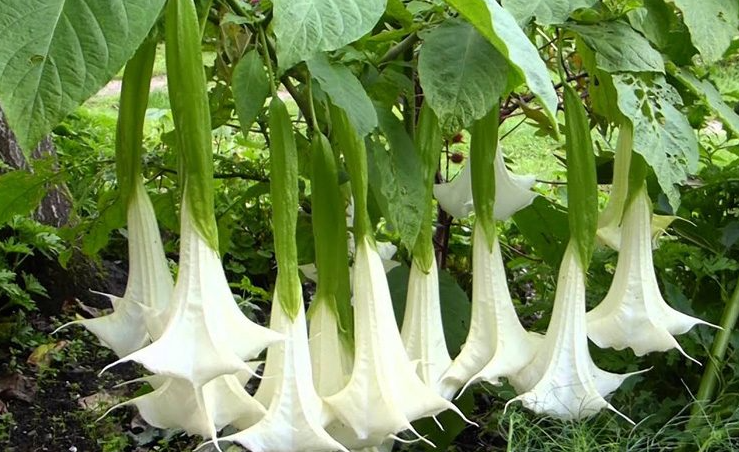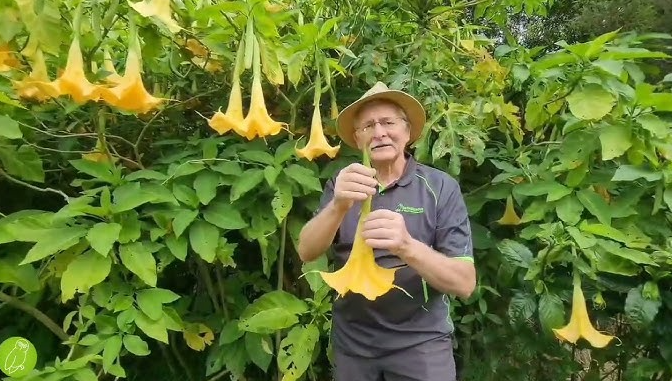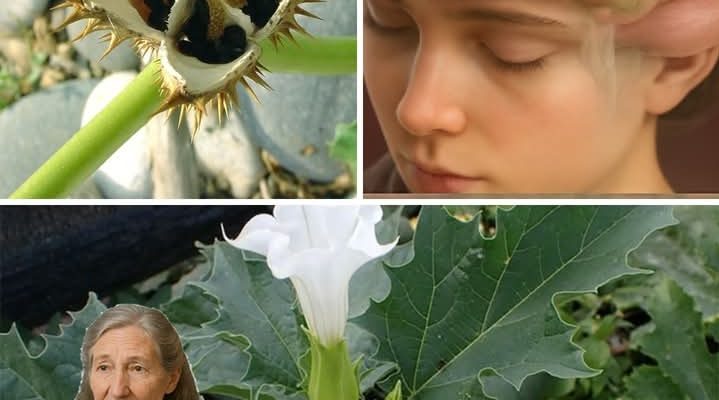Oleander is an evergreen shrub native to the Mediterranean region, parts of Asia, and North Africa. Known for its adaptability and resilience, it has been widely cultivated around the world for ornamental purposes. Despite its widespread use in landscaping, Oleander is one of the most toxic plants, and every part of it—including the flowers, leaves, seeds, and sap—contains dangerous compounds.
Key Characteristics of Oleander:
- Flowers: Oleander blooms in a variety of colors, including pink, red, white, and yellow, often appearing in clusters.
- Leaves: Long, narrow, leathery leaves with a dark green hue, giving the plant a lush, healthy appearance.
- Growth: Oleander is fast-growing and thrives in warm climates, making it a favorite in tropical and subtropical regions. It is often used as a hedge or ornamental shrub in gardens due to its drought resistance.
Despite its beauty and widespread use, Oleander’s toxicity makes it a plant that should be handled with extreme care.
Why Is Oleander So Dangerous?

The primary danger of Oleander comes from the cardiac glycosides it contains—compounds that are highly toxic to the heart, nervous system, an gastrointestinal tract. These toxins can have severe effects even with the smallest exposure, and ingestion or prolonged contact can be fatal.
Key Toxins in Oleander:
- Oleandrin & Oleandrigenin: These toxins disrupt the heart’s normal function, causing arrhythmias (irregular heartbeats), bradycardia (slow heart rate), and even cardiac arrest in extreme cases.
- Neriine: A neurotoxin that can lead to confusion, dizziness, seizures, and other neurological symptoms.
- Digitoxin-like Compounds: These compounds, similar to those found in the foxglove plant, can affect heart rhythm and lead to potentially life-threatening conditions.
Even a small amount of Oleander—whether it’s a leaf, a few flowers, or a small amount of sap—can be fatal if ingested or improperly handled. The toxicity is so potent that even inhaling smoke from burning Oleander can cause poisoning.
Symptoms of Oleander Poisoning

If you or someone you know has been exposed to Oleander, it’s essential to recognize the symptoms of poisoning and seek immediate medical attention. The effects of Oleander poisoning can impact multiple organ systems, causing severe, and sometimes life-threatening, symptoms.
Common Symptoms of Oleander Poisoning:
Cardiac Symptoms:
Irregular heartbeat (arrhythmias)
Slow or rapid heart rate (bradycardia or tachycardia)
Dangerously low blood pressure
Heart failure or cardiac arrest in severe cases
Gastrointestinal Symptoms:
Severe nausea and vomiting
Diarrhea and abdominal pain
Excessive salivation (drooling)
Neurological Symptoms:
Dizziness and confusion
Seizures and tremors
Drowsiness, weakness, or coma in extreme cases
Skin and Eye Reactions:
Rashes, irritation, or blistering from exposure to Oleander sap
A burning sensation in the mouth if ingested, along with difficulty swallowing
If you suspect Oleander poisoning, call Poison Control or go to the emergency room immediately. Even small amounts can be deadly.
Why You Should Avoid Oleander
Oleander’s toxicity is far-reaching, not just for humans but for animals as well. Here’s why you should consider removing it from your garden or landscape if you have children, pets, or wildlife in your area:
Avoid Planting Oleander in Residential Areas:
Especially if you have small children, pets, or livestock. Consider non-toxic ornamental plants for landscaping instead.
Wear Protective Gear When Handling Oleander:
Always wear gloves when pruning or working with Oleander to avoid exposure to its toxic sap.
Keep Children and Pets Away:
Educate your family and pets about the dangers of Oleander. Keep play areas and yards free of this dangerous plant.
Dispose of Oleander Clippings Properly:
Do not burn Oleander branches or leaves. Instead, dispose of them safely in a sealed plastic bag to prevent any exposure to its toxins.
Seek Immediate Medical Attention if Ingested:
If someone ingests Oleander or comes into contact with its sap, call Poison Control or go to the emergency room immediately.
Final Thoughts: A Deadly Beauty
Oleander is undeniably a beautiful plant, but its deadly toxicity far outweighs any aesthetic appeal. With its potent heart and nerve toxins, as well as the dangers posed by its smoke and sap, Oleander should be treated with the utmost caution.
Key Takeaways
Every part of Oleander—whether leaf, flower, seed, or sap—is extremely toxic to humans and animals.
Even a small amount can lead to fatal poisoning, and burning Oleander produces toxic smoke.
Ingestion or skin contact requires immediate medical attention.
Keep Oleander away from children, pets, and livestock, and handle it with care.
Admire the beauty of Oleander from a safe distance, but never touch, ingest, or burn this lethal ornamental shrub. By taking proper precautions and respecting its dangers, you can help protect yourself, your loved ones, and the environment from this deadly beauty.


